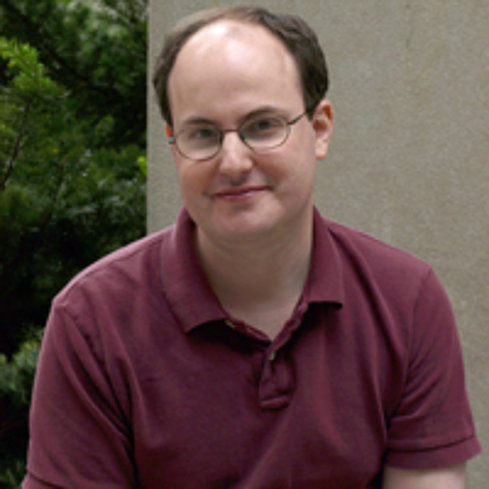2009 Finalist Maxwell G. Heiman, Ph.D., The Rockefeller University, New York, NY

Max Heiman learned how to pipette in 1995 as a summer student with Steve Reeves at Massachusetts General Hospital; while there he wrote Webcutter, one of the earliest online DNA analysis programs. He received a BS in Biology in 1997 from Yale University, working with Frank Ruddle on homeobox genes in mouse development. As a graduate student with Peter Walter at UCSF, he identified the first protein implicated in membrane fusion in yeast mating, a process analogous to sperm-egg fusion, and received his PhD in Biochemistry in 2002. He has been a fellow of the Howard Hughes Medical Institute and the Jane Coffin Childs Memorial Fund. Since 2003 he has conducted post-doctoral work with Shai Shaham at Rockefeller University, using C. elegans to study the self-assembly of neuronal shapes.
The brain that nature built
The brain is the most amazing self-organizing structure in the world. The shapes of its neurons and glia are as intricately wrought as the finest clockwork, and must be precisely coordinated for the nervous system to function. Dr. Heiman wants to understand how this cellular architecture self-assembles. To this end, he watched individual neurons in the nematode C. elegans as they acquired their distinctive shapes. He found that one set of neurons uses a surprising mechanism to extend sensory dendrites to the animal's nose: a neuron is born near the nose and ‘drops anchor' so that, as it crawls away, a dendrite is stretched out behind it. Dr. Heiman's essay describes this unusual mechanism of neuron morphogenesis and two proteins he identified that compose part of the anchoring machinery. The broader implication of this work is that the nervous system may assemble in part using a map encoded by a constellation of such anchoring points.
For Dr. Heiman‘s full essay, see Science online at science.org.
